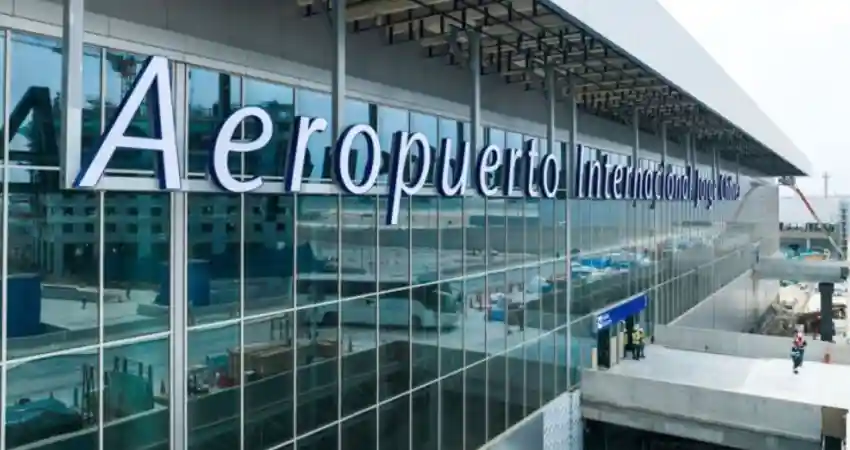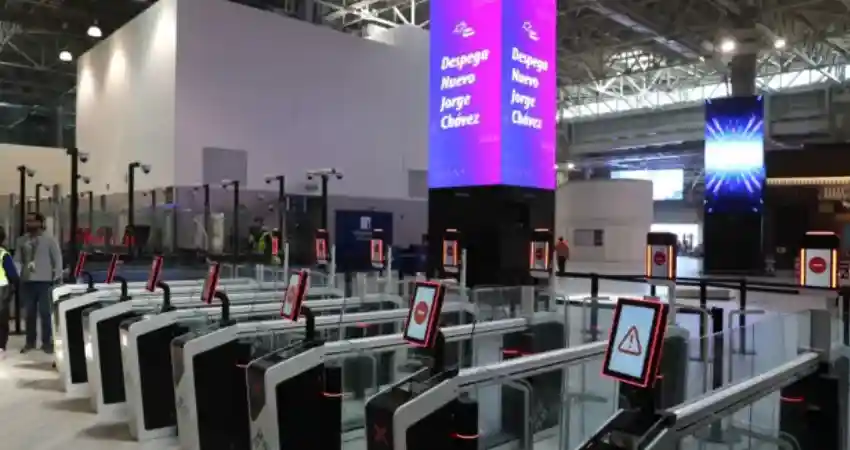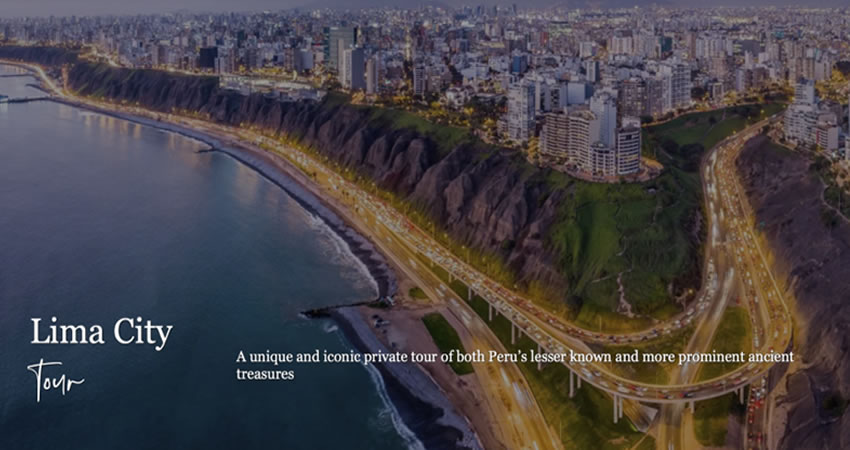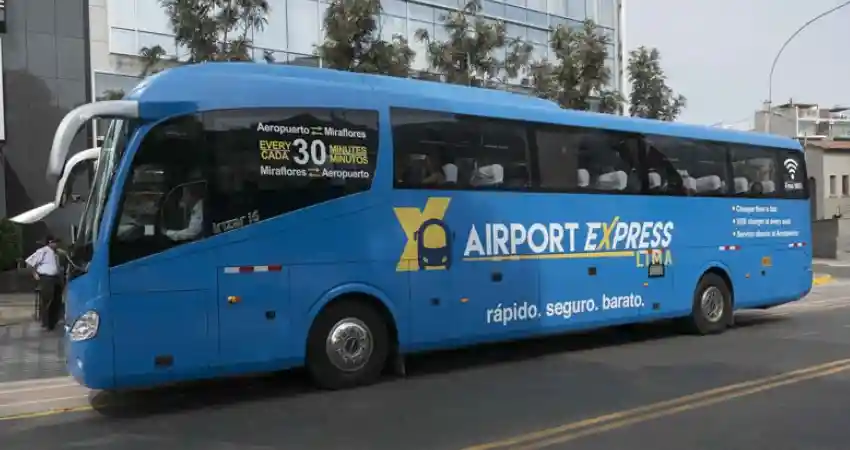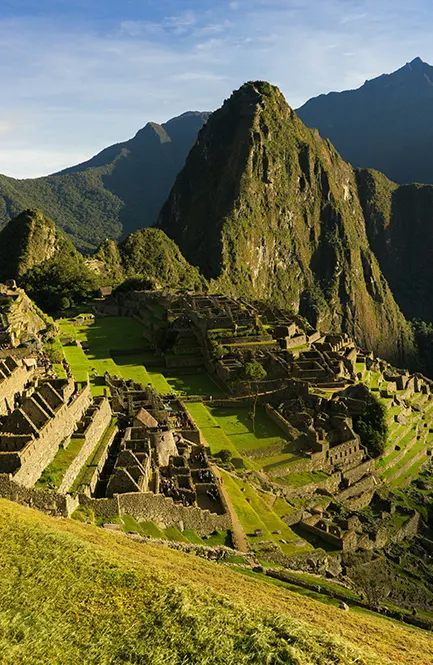1.- INTRODUCTION
If you still have doubts about, When does the new Lima airport open?. The most important thing you need to know is that its official opening will take place on June 1, 2025. For many, this is a momentous occasion, as the Lima New Airport offers impressive airport infrastructure. The old airport terminal ceased operations after many decades, and all operations have been moved to this modern facility with the intention of providing better service and quality, as well as to accommodate the growing flow and demand of passengers in recent years. This consolidates the city of Lima not only as the Peruvian capital but also as a very important center within South American aviation.
2.- Inauguration Day
The ceremony was held on May 31, 2025, and was attended by various government officials as well as other important figures in the aviation sector. Of course, this opening was not easy, as they faced multiple challenges in planning and, of course, in execution. In addition, there is still some criticism due to ongoing access problems and, of course, the need to complete the infrastructure for adequate service. Despite all this, Lima New Airport began operations as normal on June 1, with its first flight between Lima and Atlanta, creating a new era in air connectivity.
Lima New Airport was specifically designed to be the new strategic hub for all of South America, which in more ways than one will facilitate accessibility within the connections that exist between South America, North America, and Europe. The current projection is that it could serve nearly 40 million travelers per year, making it a potential competitor among other similar airports, the most representative being Sao Paulo and Bogota. On the other hand, the intention is also for the Lima New Airport to be a boost for improving tourism and foreign trade, as these activities are part of the national economy.
3.- Updates and innovations
In more ways than one, Lima New Airport has new and innovative features that make it stand out from other airports.
- Without a doubt, the most representative feature is its architectural design, which was mainly inspired by the Nazca culture and shows that the terminal has a structure similar to the figure of a hummingbird, which is a direct tribute to the Nazca lines in order to showcase the cultural wealth that is still alive today.
- Lima New Airport stands out as the first airport in South America to incorporate an airport city concept, which directly combines aviation facilities with commercial facilities, hotels, cultural spaces, and others, resulting in a more familiar environment than a simple airport.
- It is equipped with state-of-the-art technology and advanced scanning systems that facilitate baggage verification. It has seismic isolation and its design guarantees energy efficiency by taking into account the moderate use of light and taking advantage of natural light and renewable energies.
- Inside Lima New Airport, you can also find a variety of restaurants, most of which are part of renowned chef chains. Of course, there are also spaces dedicated to art and culture, providing travelers with an opportunity for cultural investment.
4.- THE NEW TERMINAL: A COMPLETE OVERVIEW
Construction of this airport began on September 30, 2021. Progress was steady, but priority was given to the fast track method, which refers to a management strategy aimed at speeding up the completion of the project, thus prioritizing design and construction. To this end, a series of steps were taken to verify its effectiveness.
5.- Main phase
In August 2024, ORAT (Operational Readiness and Airport Transfer) drills began, involving the simulation of approximately 500 to 9,000 passengers, including luggage. These tests were finally completed on March 13, and with the review commissioned by the MTC, approval was granted by the DGAC.
- Scheduled opening
The official opening was scheduled for December 18, 2024, but this was postponed several times due to operational issues, first to January 2025 and then to March 2025.
- Trial run
This process took place from May 15 to 31, 2025, when test flights were conducted as a simulation before the official opening and start of operations.
- Inauguration
This new airport was officially inaugurated on May 31, 2025, with operations formally beginning on June 1, 2025.
6.- Tests and Simulations
- All ORAT tests had a total of six phases that took place from February to March, considering check-in processes, security standards, baggage verification, immigration control, customs processes, and even simulating the process of 18 flights involving the interaction of 800 passengers carrying more than 3000 pieces of luggage.
- Similarly, between October and November 2024, tests were carried out on 500 passengers who voluntarily brought more than 5,000 pieces of luggage. Here, the aim was to evaluate the functioning of other factors that are part of the airport, such as ramps, immigration, and the customs area.
- In the final stage, which took place between May 15 and 31, 2025, international flights were considered, including major airlines such as Aerolíneas Argentinas, Air Europa, Arajet, Volaris, and Wingo.
7.- TRAFFIC PRESENCE
“You should take into consideration that there is a commonly used term when it comes to travel within the city, which is “rush hour.” This refers to the times of day when there is a greater presence of vehicles, so trips are affected by delays that can extend or increase by 20 or 30 minutes depending on the area. This commonly occurs between 06:00 am and 08:00 am and 17:00 pm and 19:00 pm. Congestion is mainly evident on the Costa Verde, in the Escardo area, and on Faucett Avenue.”
8.- Specifications
- Size
In total, Lima New Airport has a total size of 270,000 square meters, however, currently only 90,000 square meters are being considered, so when its construction is completed, it will be three times its current size. It is estimated that during this initial period, there will be an annual capacity of 30 million passengers, however, this could soon reach 40 million per year.
- Architecture and design
It is also considered the first City Airport in South America, as in addition to the airport infrastructure, it will feature a combination of shopping centers, hotels, and cultural spaces. In addition to this, it has been determined that the inspiration comes from the Nazca culture, as the structure is based on the hummingbird that can be seen in the Nazca lines. Similarly, there are 1,100 seismic isolators that allow for safe operation and can predict earthquakes. On the other hand, its infrastructure has five levels with separate arrival and departure areas, as well as a total of 46 boarding gates, 33 escalators, eight moving walkways, and a total of 25 elevators for accessibility.
9.- WHAT’S NEW VS. WHAT’S CHANGED
This construction is undoubtedly very important, as it represents a major change in the history of Peruvian aviation. The inauguration of this facility represents more than just a physical expansion; in fact, it is considered a transformation and improvement in terms of services, technology, and, of course, customer comfort.
9.1.- Improvements in infrastructure
- The first thing that stands out about this new construction is undoubtedly its size. The current building is three times the size of the old airport, which facilitates traffic flow for both passengers and airlines. This is also evident in the orderliness between departures and arrivals, which reduces waiting times and helps with operational safety.
- Due to the expansion, there is now better connectivity, as 46 boarding bridges have been installed, in addition to other features such as moving walkways, escalators, and elevators.
- The exterior accesses have been renovated, but improvements still need to be made in surrounding areas such as Faucett Avenue, Morales Duarez and other areas that are planned for improvement in terms of city connections and future construction for metro use.
- It has more than 1,100 seismic isolators that ensure the structure can withstand high-magnitude tremors or earthquakes.
9.2.- COMPARATIVE TABLE OF BEFORE AND AFTER
| Details | Old Airport (Pre-2025) | New Airport (2025) |
| Size | 90 000 square meters | 270 000 square meters |
| Capacity | 22 million travelers (per year) | 40 million travelers (per year) |
| Number of Gates | 19 | 46 |
| Distribution | 1 level (arrivals and departures) | 5 levels (separate flows) |
| Aesthetics | Functional | Modern design (inspired by culture) |
| Road Infrastructure | Limited access | New viaducts |
| Commercial Offerings | Basic Services | Multiple shopping options, hotels, restaurants, and more. |
10.- GETTING TO AND FROM LIMA NEW AIRPORT
It is important to understand that the new infrastructure at Jorge Chávez International Airport not only seeks to transform the airport architecturally and technologically, but is also considered an important part of Lima’s land connectivity. Many things are still in progress, such as land access works, but there are multiple options you can choose from to get to and from the airport easily and comfortably.
10.1.- Transportation options
- Airport Express Lima
This is the official standardized transportation service for accessing the new airport. It offers a series of state-of-the-art vehicles that provide exclusive services such as free Wi-Fi, USB ports, ample luggage space, and even air conditioning. The route for these buses is directly connected to the new terminal and the main tourist areas, such as Miraflores, San Isidro, and Barranco, with regular schedules from very early in the morning for the first flights to late at night for the last flights of the day. Remember that tickets for this option can be purchased online or at the airport kiosk, and are mainly intended for tourists who have not booked transportation in advance.
- Taxi
Inside the new airport, you will find operators who have been authorized to provide taxi service. They use standardized rates and registered vehicles, which ensures safety during transportation. Of course, there are also multiple options such as apps that you can use to make this trip, among which the most popular are undoubtedly Uber and DiDi, which have distributed their operations in assigned areas within the airport. To use this alternative, it is recommended to use the app directly, and of course, prices may vary depending on distance, time, and traffic.
- Private transportation
This is the best option for this new season. This service is provided exclusively by travel agencies that personalize your adventure and can provide you with personalized assistance upon arrival and departure, making the encounter less complicated. This directly increases comfort and helps ensure the safety of people traveling in groups or with a lot of luggage. Remember that reservations must be made in advance in order to properly coordinate services. When you book this trip with a travel agency, you can be sure that transportation will be on time, drivers will be fully identified, and the quality standard will meet your requirements.
- Car rentals
Inside the airport, you will also find options from many international companies that offer car rentals, such as Avis, Budget, Sixt and other local operators. Each of these companies has counters in the arrivals area and offers a variety of vehicles for you to choose from to enjoy your stay in Lima or if you wish to travel further into the country. Naturally, you will need a valid driver’s license, credit cards, and travel insurance. The most incredible thing about this is that you can start your trip in Lima and drop off the vehicle in another city, but remember that this only works this way at some agencies.
10.2.- INFORMATION ABOUT DISTANCES
It is also important to know about distances, as this is very important when planning your trip to Peru. The new airport is located further inland than the old airport, which is still in Callao. It is approximately 7 miles from the historic center of Lima and 11 miles from the traditional neighborhood of Miraflores. Of course, the time it takes to get to the new airport will depend greatly on your starting point.
- Downtown Lima: Between 30 and 50 minutes
- Miraflores: Between 45 minutes and 1 hour
- San Isidro: Between 40 and 55 minutes
- Barranco: Between 45 minutes and 1 hour
11.- FUTURE TRANSPORTATION PROJECTS
11.1.- Metro Line 2
One of the most ambitious and eagerly awaited projects is undoubtedly Line 2 of the Lima Metro, which runs for a total of 27 km and has 27 stations from the Ate sector to Callao. This line has been operational since 2023, but is currently only in phase 1A and is expected to be completed during the first half of 2028. This would facilitate access, as it would allow travelers to cross the entire city in less than 50 minutes, compared to the current journey time of approximately four hours. Of course, this line does not have a direct connection to the airport, but by allowing you to reach the Callao sector, it can be integrated with other systems that complement the option, such as buses or taxi terminals.
11.2.- Metro Line 4
This alternative extends for 8 km and is expected to reach Elmer Faucett Avenue. Due to its distance, it only has eight stations, but what makes it special is that one of them will be the airport station. It is currently under construction, and some of the stations, such as Bocanegra, are already visible. This service is expected to be operational from April 2028, also taking into account the underground connections. Of course, this is variable, and the projection is that it could take until 2033. Work is currently underway on Faucett and Tomas Valle avenues, which is why traffic near the airport has increased since January 2025.
| “Travel is the only thing you buy that makes you richer.» |
12.- FAQs
- When did Lima’s new airport terminal officially open?
The official inauguration of this new airport was on May 31, 2025 and it began opening to the public as well as commercial operations on June 1, 2025.
- What is the official name of Lima’s airport?
It maintains its original name, Jorge Chavez International Airport, as well as the IATA code: LIM, ICAO, SPJC.
- How big is the new Lima airport terminal?
Currently during the opening it has 210,000 m², however at the end of the expansion it will measure up to 270,000 m², which will triple the size of the previous airport that only had 90,000 m².
- Is Lima airport the largest in South America?
In fact no, it will not have the title of the largest, but it will be one of the most important, since when it has the full size of 270,000 m² it will be able to accommodate close to 40 million passengers per year, which will directly compete with others of equal caliber, such as Brazil and Bogota.
- What airlines fly to Lima’s Jorge Chávez International Airport?
So far, a total of 26 airlines have registered to operate domestic and international routes, including LATAM, Sky Airline, Avianca, United Airlines, Copa Airlines, Air France, Air Canada, KLM, Iberia, Volaris, Spirit Airlines and many others.
Now you know everything about this new airport and you are ready to plan your next adventure, do not worry so much in fact if you still do not feel safe it is best that you can seek the advice and full support of a travel agency. Auri Peru is a formal company that meets all the requirements to provide you with a personalized adventure prioritizing your safety at all times, we will take care of your entire adventure, just contact us now.
“Not all who wander are lost.”



